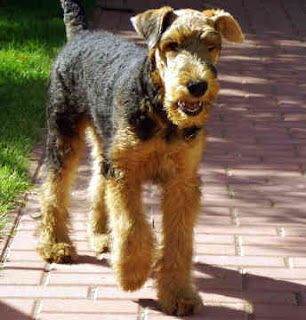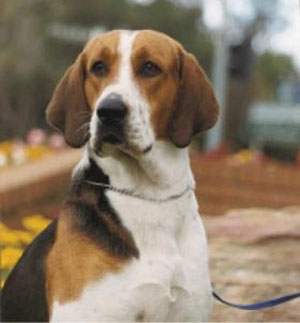Airedale Terrier

Airedale Terrier History: Airedale, a valley (dale) in the West Riding of Yorkshire, named for the river Aire that runs through it, was the birthplace of the breed. In the mid-19th Century, working class people created the Airedale Terrier by crossing the old English rough-coated Black and Tan Terrier (now known as the Welsh Terrier) with the Otterhound. In 1886, the Kennel Club of England formally recognized the Airedale Terrier breed. In 1864 they were exhibited for the first time at a championship dog show sponsored by the Airedale Agricultural Society. They were classified under different names, including Rough Coated, Bingley and Waterside Terrier. In 1879 breed fanciers decided to call the breed the Airedale Terrier, a name accepted by the Kennel Club (England) in 1886. Well-to-do hunters of the era were typically accompanied by a pack of hounds and several terriers, often running them both together. The hounds would scent and pursue the quarry and
